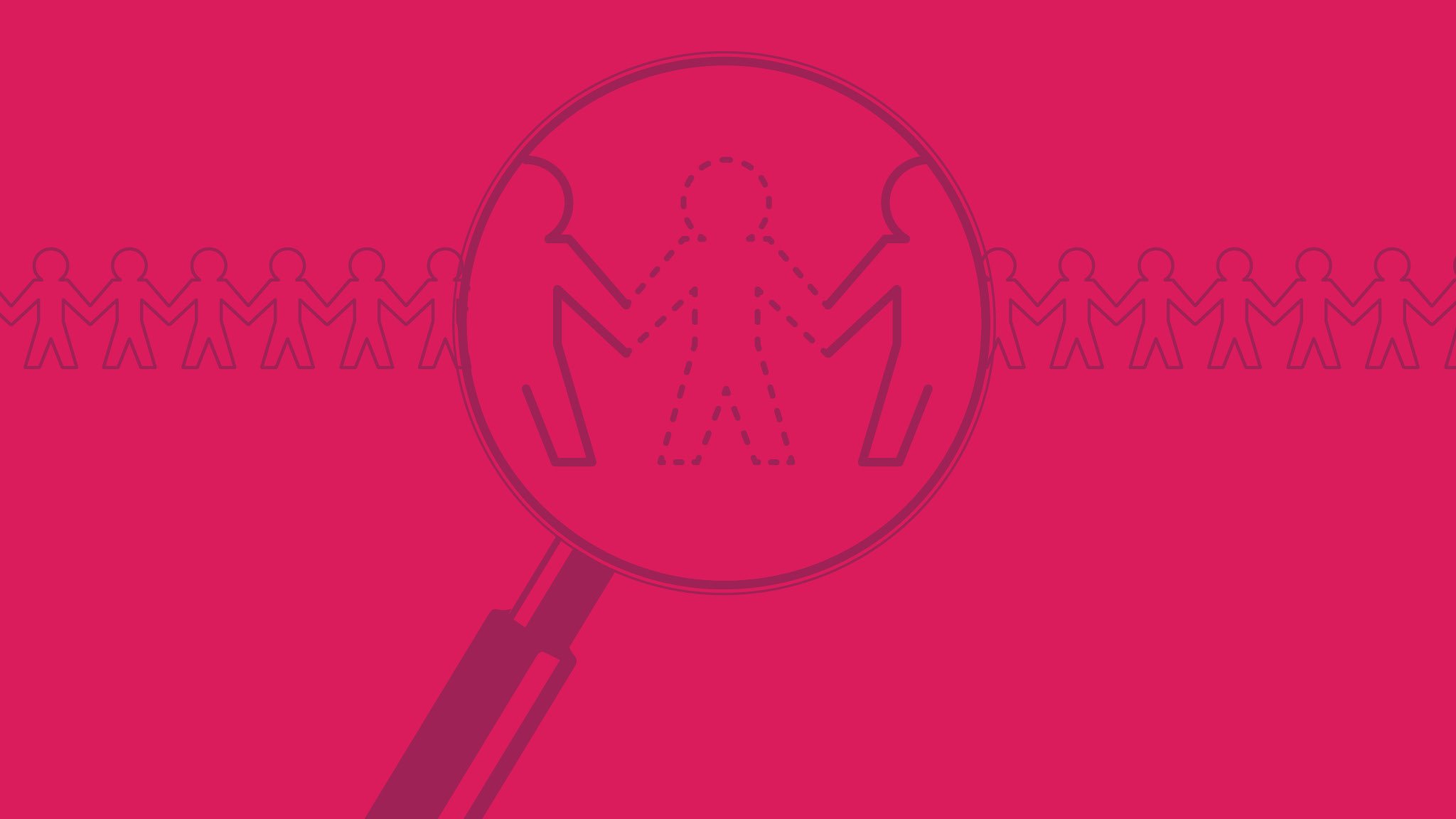If businesses have learnt one thing since 2020, being complacent while navigating choppy waters is not an option. Doing nothing gives rise to more risks than the original challenges your business was facing.
The words ‘change’ and ‘adapt’ have been elevated to a higher prominence and meaning as businesses globally rebuild and recover in turbulent times.
From Brexit and the COVID-19 pandemic to economic, climate and geopolitical disruptions – the ‘business as usual’ approach has long since left the building. Add in the growing pressure to demonstrate credible sustainable and ethical practices and legal compliance and you have a perfect storm.
Businesses are having to reimagine the working world, clearly focused on how to remain sustainable in the face of these escalating challenges. And as 2023 looks set to bring further risks, businesses should expect even more high-impact volatility that also extends across their supply chains.
When it comes to the Russia-Ukraine conflict, tensions between the West and China, the cost-of-living crisis, looming recession, cyber attacks and labour shortages, defensive measures and short-term responses are not going to help businesses build a better future.
With more risky and uncertain times ahead, there is no room for a gap between awareness and action taken.
2023: More volatile times for supply chains
Feeling like we’re in a permanent state of crisis, 2023 is predicted to continue that unsettling trend. The year ahead equals more volatile times to come, and in the words of World Bank Group President David Malpass, “My deep concern is that these trends will persist, with long-lasting consequences.”
The ripple effects have begun, and warning signs are flashing brightly with a wide range of business-critical risks intensifying. Here we look at some of the key drivers shaping the landscape of global supply chain risks and regulations as we leave one year and head into another:
Supply chain risks
Even before the pandemic, supply chain risks and weaknesses were being exposed and businesses have been forced to respond and build stronger and more resilient global supply chains.
As well as the ongoing disruption caused by the pandemic, the main supply chain headwinds requiring high priority attention are:
- Geopolitical conflicts and sanctions
- China’s zero-COVID strategy
- Production backlogs and transportation delays
- Increased costs
- Labour and skills shortages
- Inefficient supplier and contractor visibility
- Over reliance on a limited number of third parties
- Legacy technologies and inadequate data
- Multi-layered tiers that result in ‘blind spots’
The key to managing supply chain risk more effectively will mean that organizations need to become more flexible and scalable to respond to whatever comes next.
To minimise the risks that future challenges could bring, organizations should focus on:
- Compliance with supply chain regulations
- Senior management commitment to supply chain risk, which has risen from 74% to 83% as “high” or “medium” (BCI Supply Chain Resilience Report 2021)
- Diversifying suppliers to spread and reduce risks
- Creating a backup network that can be onboarded as quickly as possible to prevent supply chain disruptions and delay
- Developing a technology-led approach to evolve faster and become more resilient
- Supplier pre-qualification to limit the risks against financial implications
- Consistently review supplier performance to improve supply chain visibility and identify any areas of risk
Increasing ESG and sustainability obligations
With countless studies and statistics linking consumer choices, employee opinions and investor decisions to long term success, businesses cannot afford to shy away from a growing need to prove they’re managing their operations and their supply chain without compromising on safety, sustainability or ethics.
An Environmental, Social and Governance (ESG) strategy along with sustainable practices are no longer a nice-to-have.
Now more than ever, global organizations are investing in their ESG and sustainability programmes and extending that focus beyond their own responsibilities, requiring suppliers and contractors to demonstrate their own commitment to managing their businesses responsibly.
Why should it matter? Because the last twenty years show us several trends that have created new risks for organizations, such as:
- Increasing fines for pollution, control of hazardous substances, waste, safety, bribery
- More widespread legislation including Forced Labour Prevention Act (supply chain visibility), Canadian Net-Zero Emissions Accountability Act, Social Value Act (public procurement)
- Climate crisis and commitments to a target of “net-zero” emissions by 2050
- Changing consumer behaviour with more focus on shopping and living more sustainably and prioritising ethical practices
- Financial impacts, with investors increasingly vocal about the importance of ESG, requiring fund managers to include such factors in investment decisions
ESG and sustainability should not be viewed as a future issue, rather an integral part of operational improvement and long-term value creation.
Get ahead of future supply chain Acts and Regulations
Never has it been more important to dig deep into supply chains in real time with one true view, not just around health and safety risks but wider factors such as forced labour, diversity, equality, workplace wellbeing and financial stability.
Staying compliant will continue to rise up the agenda in 2023 as governments implement stricter and more stringent supply chain regulations that mean organizations take full responsibility for their supply chain compliance across their entire eco system.
With 60% of organizations working with over 1,000 third parties and 83% identifying third-party risks after conducting due diligence (Gartner research 2019), consistently monitoring contractor and supplier risk is key to protecting operations.
As supply chains become ever more complex and dispersed, it’s vital that each stage of the supply chain is assessed for risks, and control measures are put in place to prevent costly disruptions or weaknesses.
The benefits?
- Verify supply chain compliance with safe and ethical working practices
- Clear documented proof that helps to reduce your contractor and supplier risk
- Save time and money by reducing your admin
- Work with contractors and suppliers who share the same values
From a legal perspective, here are the key changes taking place that could affect organizations, regardless of their operational location so they comply with the new supply chain regulations.
German Supply Chain Due Dilligence Act – effective from January 2023 imposes extensive new obligations on companies based in Germany to identify, prevent and address human rights and environmental abuses within their own and their direct suppliers’ operations. If a business supplies companies that will have to comply with this new law, they may start to receive more requests for information from these companies.
EU Supply Chain Law – the draft Act requires EU companies for the first time to audit suppliers along the entire global supply chain, including all direct and indirect business relationships with the aim to ensure compliance with applicable human rights standards and environmental protection. The directive could affect around 12,800 companies.
Canadian draft business and human rights (BHR) legislation – Bill S-211 is an Act to approve the Fighting Against Forced Labour and Child Labour in Supply Chains Act and to amend the Customs Tariff (the Bill), which passed its second reading and was referred to the Standing Senate Committee on Human Rights. The Bill will apply to any Canadian-linked “entity” that produces, sells, or distributes goods anywhere in the world, imports goods into Canada, or controls an entity involved in any of these activities.
Canadian draft Corporate Responsibility to Protect Human Rights Act – Bill C-262 first reading in March 2022 is an Act to prevent, address and remedy adverse impacts on human rights occurring in relation to business activities conducted outside Canada.
These regulations are indicative of a general movement in Europe and North America towards tighter regulations on supply chains. It is likely this is only the beginning of further supply chain regulation to come in the future.
What do new regulations mean for supply chain, procurement, and safety professionals?
Businesses will need to prove they’re managing their supply chain diligently and gain greater visibility into their supplier and contractor base. This will provide reassurance that suppliers and contractors have appropriate credentials in place for key aspects such as health and safety, environmental management, modern slavery and anti-corruption, to meet legal requirements and create a resilient supply chain network.
There will be no room for a complacent approach to safety, sustainability or ethics and the need to pre-qualify and verify third-party businesses will become even more important.
To make sure that organizations only work with suppliers and contractors who can do the job safely, ethically and in compliance with relevant legislation, a pre-qualification process makes sound business sense to minimise supply chain risks.
Being able to monitor and track crucial areas like compliance with forced labour legislation, carbon footprint, or safeguarding workers’ health and wellbeing, businesses can make more intelligently informed decisions, identify risks and drive constructive change.
Verification should no longer be restricted to main suppliers and those of large size, but through all the tiers, not just tier one, to tier two, three and four suppliers.
When using a contractor or supplier for work, businesses will need to assure themselves that they:
- Have clear visibility of all contractors and suppliers in the supply chain
- Gain evidence that they comply with the relevant regulatory and legal requirements, or at a minimum meet best practice standards
- Routinely monitor the health and safety of contractors and suppliers
- Regularly assess the operational, ethical and financial risk of contractors and suppliers
With limited visibility into the credentials of suppliers and contractors, businesses will be left more exposed to fines, investor scrutiny, falling shareholder value and poor performance.
Looking ahead
The emphasis must now shift to a forward-looking approach that anticipates disruption rather than simply reacting. This is not a moment in time to be complacent, and being compliant is only one piece of the jigsaw that will see organizations succeed and grow.
Businesses need to look beyond the here and now and think about what might come next. Consistently monitoring risk factors is essential to business performance and resilience. Which is why complying with regulations is just the start, with the journey ahead firmly focused on the growing need to avoid unethical practices and manage both ongoing and emerging risks more effectively.





